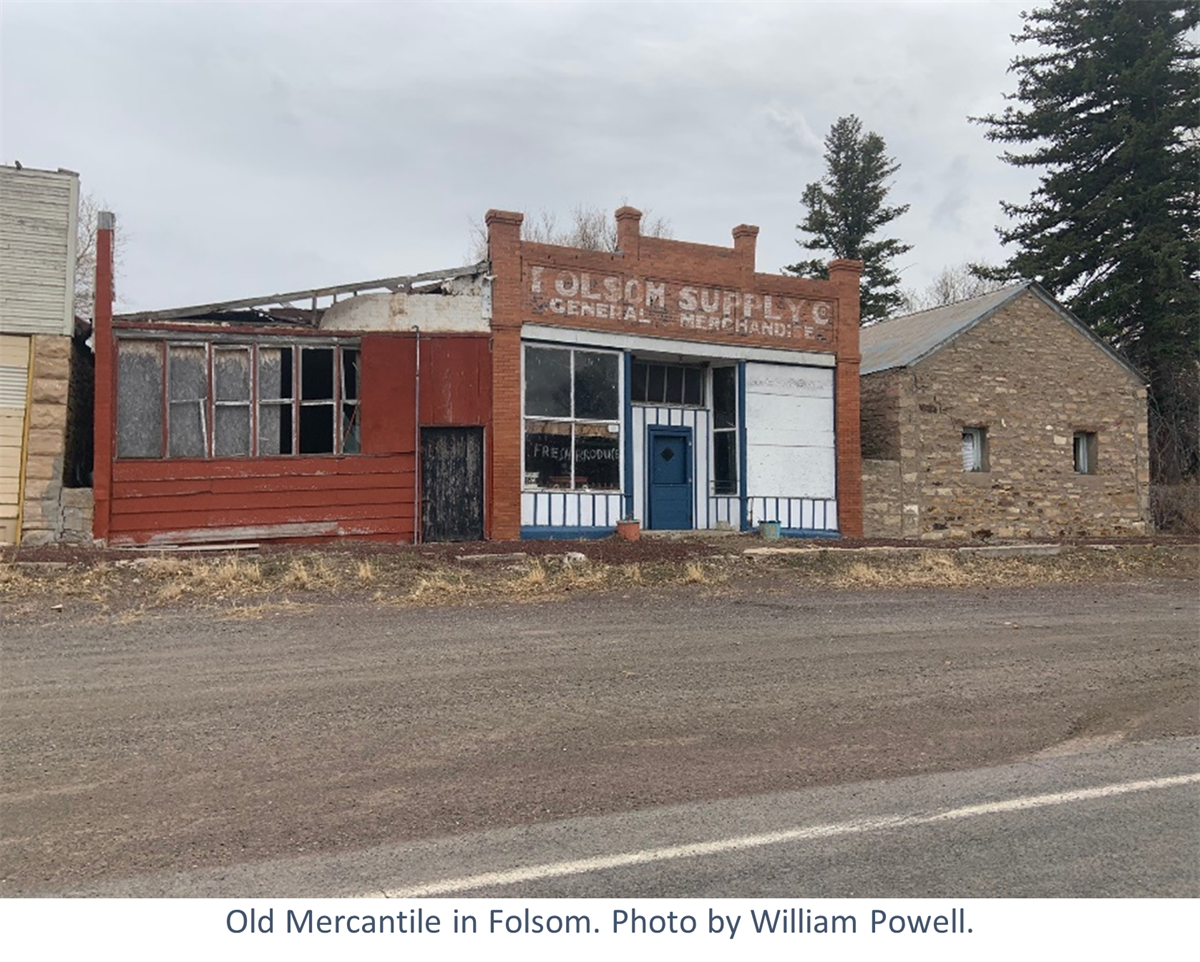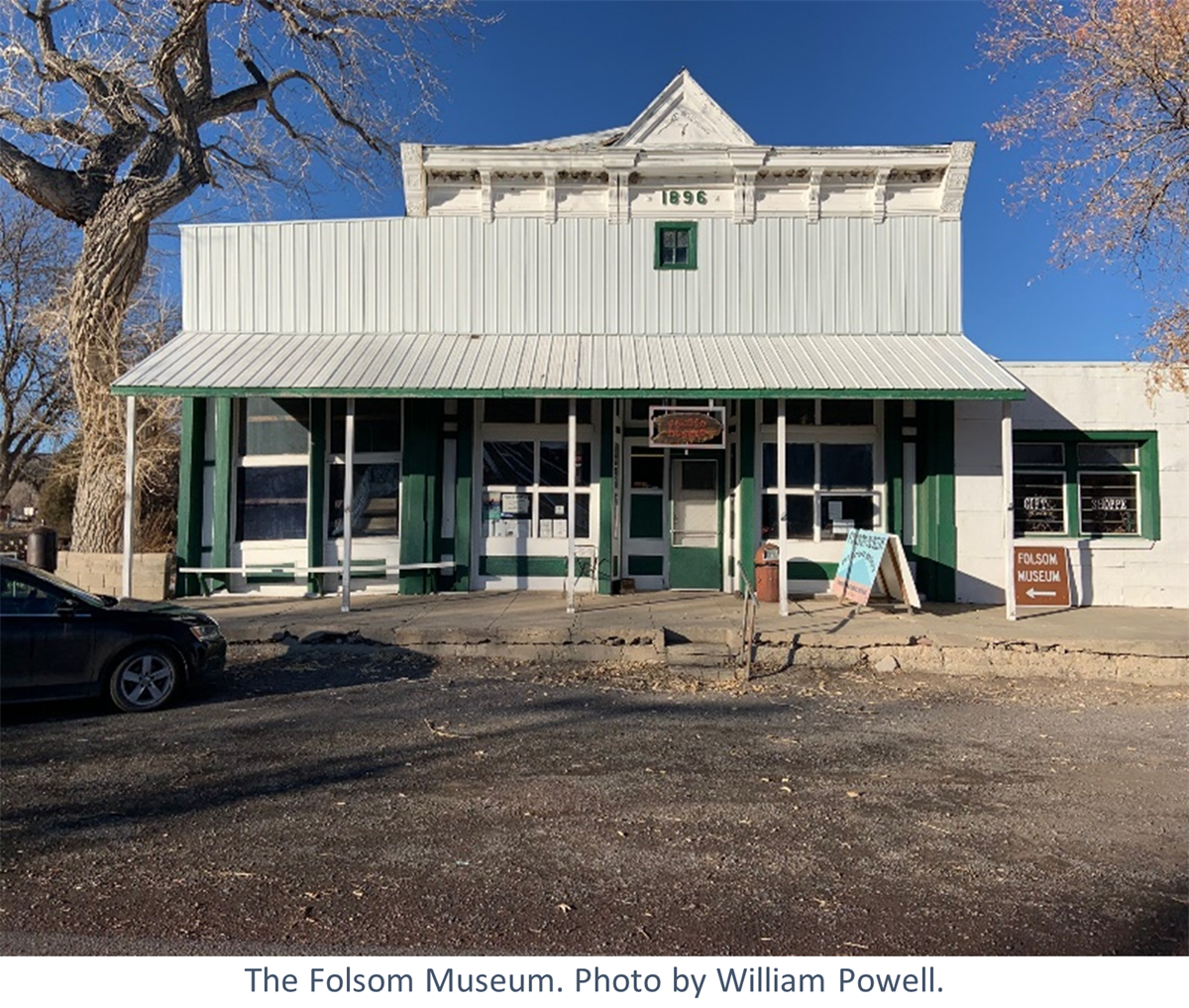Announcing the Science Discovery on Main Street Grant Recipients
Main Street America is thrilled to announce the 12 Science Discovery on Main Street grant program recipients.

Marion, Iowa © Tasha Sams
We work in collaboration with thousands of local partners and grassroots leaders across the nation who share our commitment to advancing shared prosperity, creating resilient economies, and improving quality of life.

Emporia, Kansas © Emporia Main Street
Made up of small towns, mid-sized communities, and urban commercial districts, the thousands of organizations, individuals, volunteers, and local leaders that make up Main Street America™ represent the broad diversity that makes this country so unique.

Chicago, Illinois © Main Street America
Looking for strategies and tools to support you in your work? Delve into the Main Street Resource Center and explore a wide range of resources including our extensive Knowledge Hub, professional development opportunities, field service offerings, advocacy support, and more!

Waterloo, Iowa © Main Street Waterloo
Your one-stop-shop for all the latest stories, news, events, and opportunities – including grants and funding programs – across Main Street.

Kendall Whittier — Tulsa, Oklahoma © Kendall Whittier Main Street
Join us in our work to advance shared prosperity, create strong economies, and improve quality of life in downtowns and neighborhood commercial districts.

In the northeast corner of New Mexico, surrounded by mesas, mountains, and the dry Cimarron River, sits the tiny village of Folsom. The handful of vacant 19th-century buildings that line the Main Street today echo of the vibrant frontier city of the past. Folsom was established in 1888 as a stop on the Colorado & Southern Railroad. At its height, it was home to more than 1,000 people and the largest stockyards west of Fort Worth.

A 1908 flood devastated the community, destroying most of the buildings and forcing many residents to leave. Nevertheless, a small population held on, and the town survives to this day. Folsom is currently home to 77 residents and a Main Street lined with the few stone buildings that survived the flood: a mercantile, a hotel, a law office, a land office, and a museum. Only the museum and hotel are occupied, but the town is working with New Mexico MainStreet and local stakeholders to rehabilitate the other buildings. This tiny town is also home to a world-famous archeological finding: the Folsom Site.
Around the year 1851, George McJunkin was born in an enslaved family in Midway, Texas. When the Civil War broke out and the cowboys left to join the army, McJunkin took their place, learning his trade from local Vaqueros. After the war, he began his own career driving cattle. He also taught himself to read, write, and speak Spanish. “He was reported to be an expert bronco rider and one of the best ropers in the United States,” said Brenda Wilkinson, BLM Socorro Field Office Archeologist. Throughout his life, he worked at ranches across New Mexico, Colorado, and Texas.
When the 1908 flood hit Folsom, McJunkin was working at the Crowfoot Ranch. While assessing the damage on the property, he came across some uncovered bison bones. McJunkin was an amateur archeologist and historian, and he correctly identified that these bones were larger than modern bison bones. He knew he had stumbled upon an important archeological site.
He spent multiple years trying to share his finds with professional archeologists but had little success. In 1918, he sent the bones, along with a fluted lance point, to the Denver Museum of Natural History, who subsequently sent paleontologist Harold Cook out to explore the site further.

Unfortunately, a full archeological survey did not occur until 1926, four years after McJunkin’s death. “They discovered pre-historic bison that had been killed by early peoples using special tools, now referred to as Folsom points,” said Wilkinson. At the time, archeologists believed that humans had arrived in North America approximately 5,000 years ago. The Folsom points and bison bones were dated to 12,000 years ago, pushing that date back significantly.
George McJunkin was many things: a traveling cowboy, a formerly enslaved person, and a self-taught scholar. “His intellectual curiosity and determination continue to inspire a new generation of archaeologists,” said Wilkinson. McJunkin was inducted into the Hall of Great Westerners at the National Cowboy and Western Heritage Museum in 2019. The Folsom Site remains one of the most significant archeological sites in the nation. It was declared a National Historic Landmark in 1961.
The Folsom Museum is the heart of the community. It draws in tourists from across the region through a partnership with the nearby Capulin Volcano National Monument. They host six annual tours, which are always completely booked with waiting lists. Two of the tours explore the nearby history and geology, and four of the tours explore the Folsom Site. The Folsom Site tours are conducted in conjunction with David Eck, an archeologist with the New Mexico State Land Office.
Local ranching families are deeply involved in sharing and promoting the history of the town. “Not only do the local families grant permission for access to these important sites, but several of them also host the tours at their respective homes, display artifacts, and act as informed interpreters,” wrote Nan Whelan, Secretary of the Folsom Museum board, in a grant proposal to support the museum. “The people here are deeply committed to the preservation of the heritage of this land and its families.”
In 2019, Folsom participated in the New Mexico MainStreet Frontier and Native American Communities Initiative. “The Frontier & Native American Communities Initiative is a project-based program for communities with less than 15,000 in population – it provides professional technical assistance for one catalytic project in the heart of the community during a 12-18 month timeframe,” said Jessica Mraz, Communications Specialist at New Mexico MainStreet. The program is specifically designed for communities who do not have the local capacity to develop their own Main Street program but would nevertheless benefit from the Main Street Approach.

Folsom’s project was centered on the rehabilitation of the Doherty Mercantile Building, which houses the Folsom Museum. The repairs would allow the building to continue its use as a tourist attraction and the heart of the town. The project was led by the Museum.
They also requested support with ongoing restoration work at the other historic Main Street buildings. A local family was restoring some of the buildings to use them as lodgings for tourists who come to visit the Folsom Site or the nearby National Park. Along with the two restoration projects, they asked for assistance with a Downtown Revitalization Plan, a Historic Building Survey, pedestrian improvements, and business sign improvements.
The Museum and the Village worked with New Mexico MainStreet Revitalization Specialist William Powell to formulate a plan for the historic building repair. Unfortunately, the project was stalled due to COVID-19, but will hopefully resume soon with support from New Mexico MainStreet.
From a railroad boomtown to an archeological hub, Folsom has undergone many changes over the centuries. The ranching families that call it home today are deeply dedicated to preserving their history and building a future for their town. “We believe that our people are our greatest asset,” wrote Nan Whelan. Through the support of programs like the New Mexico MainStreet Frontier Community Initiative, towns like Folsom can use their rich pasts to build vibrant futures.
Special thanks to Amy Barnhart at New Mexico MainStreet for her research on George McJenkin.
Community Heart & Soul, a Main Street America Allied Member, is this quarter's Main Spotlight advertiser. For more information about what they do to support Main Street organizations, click here.